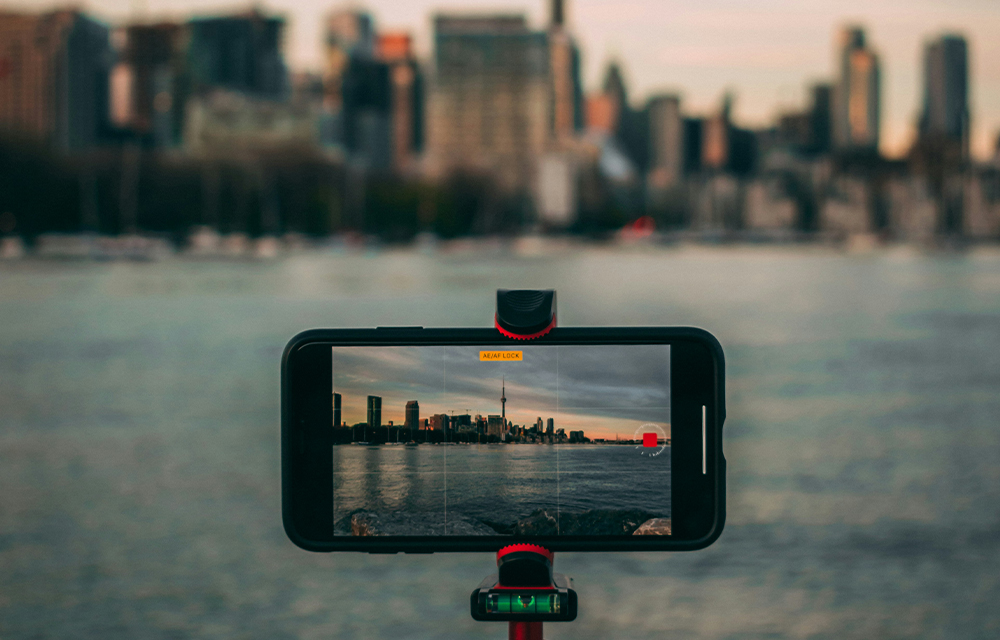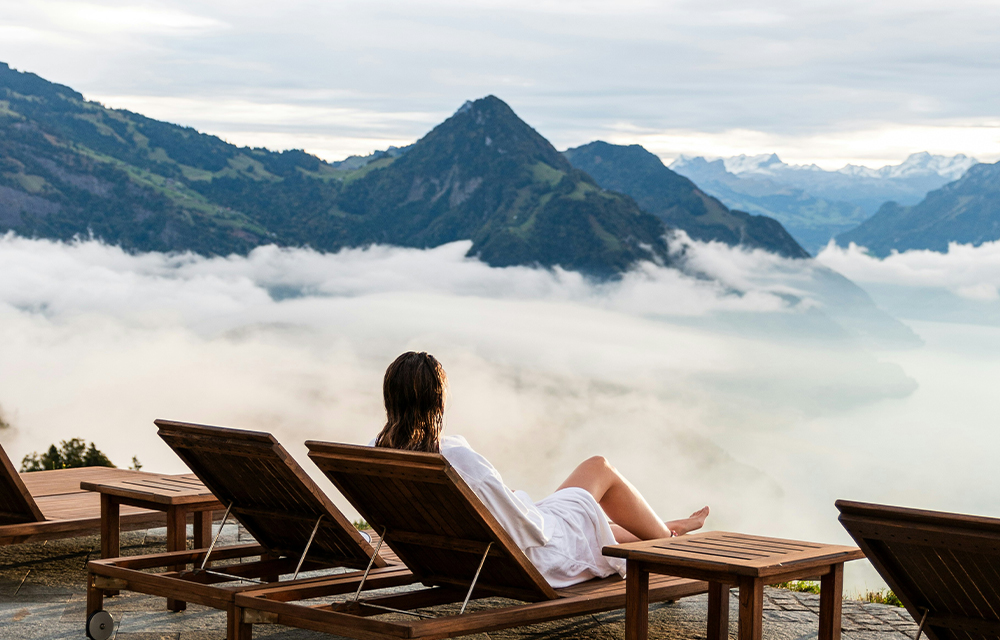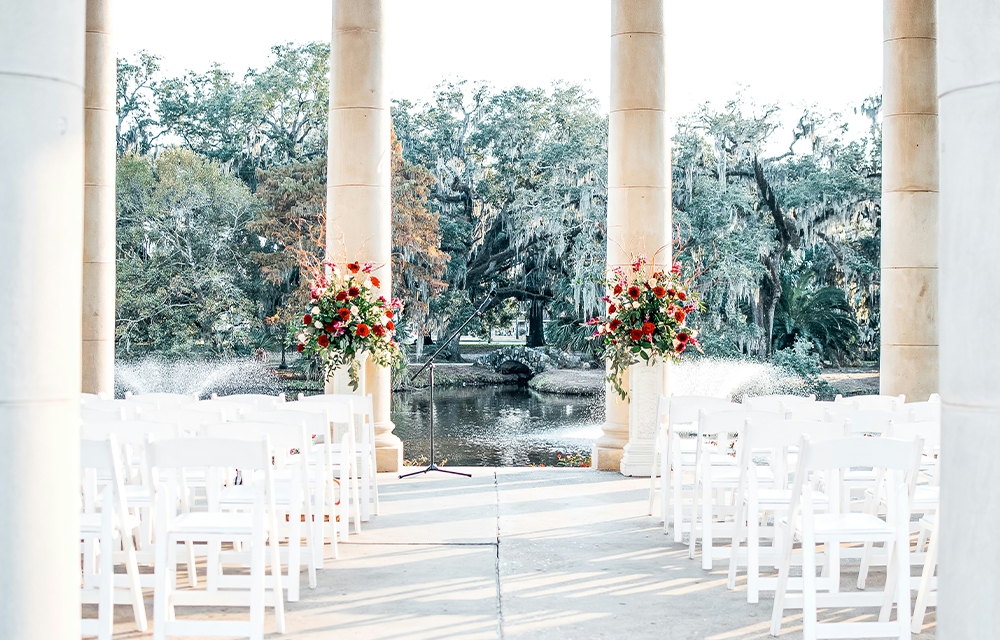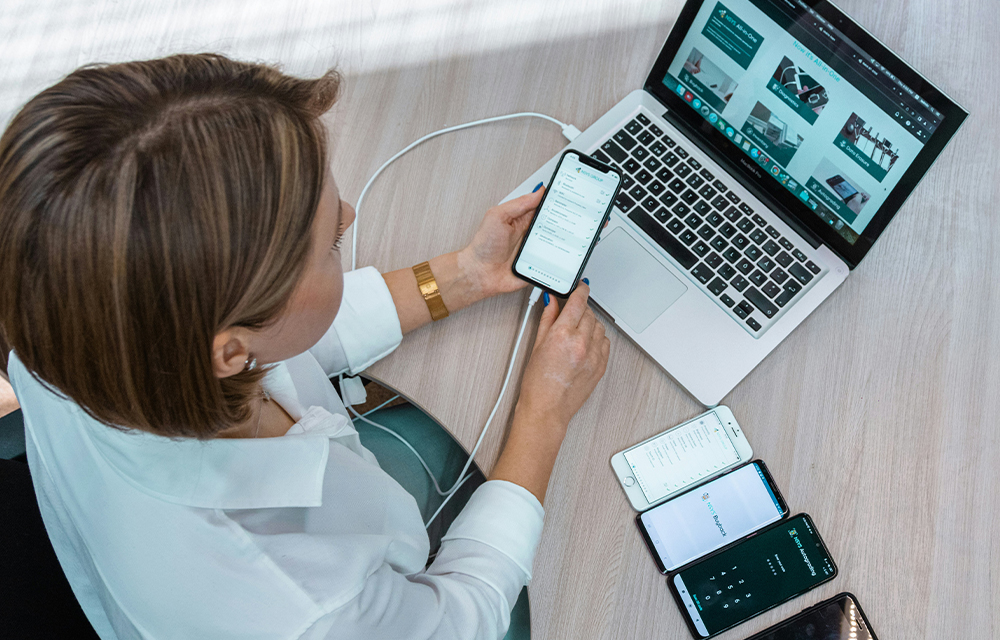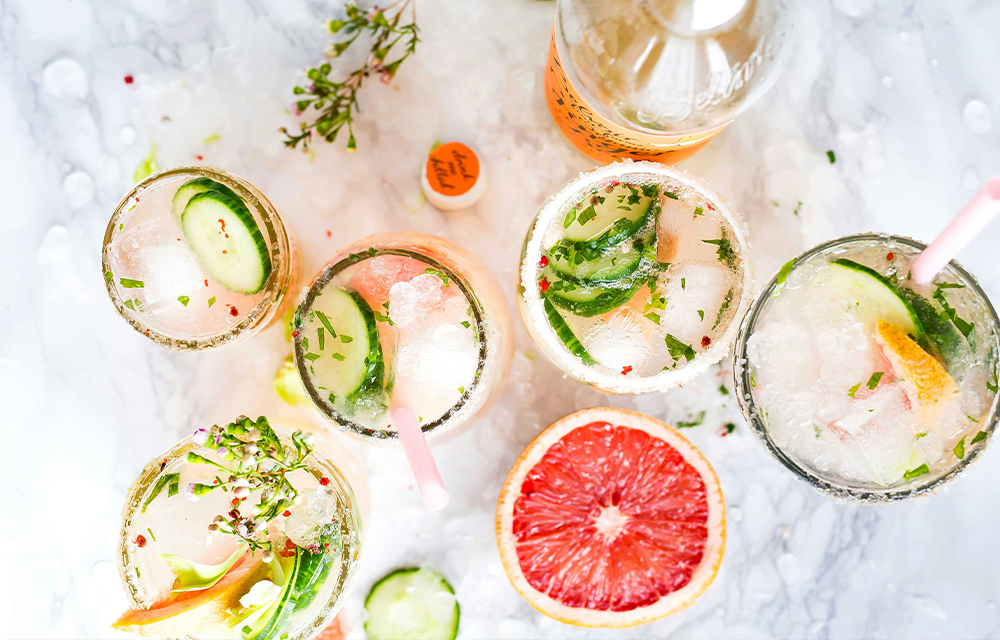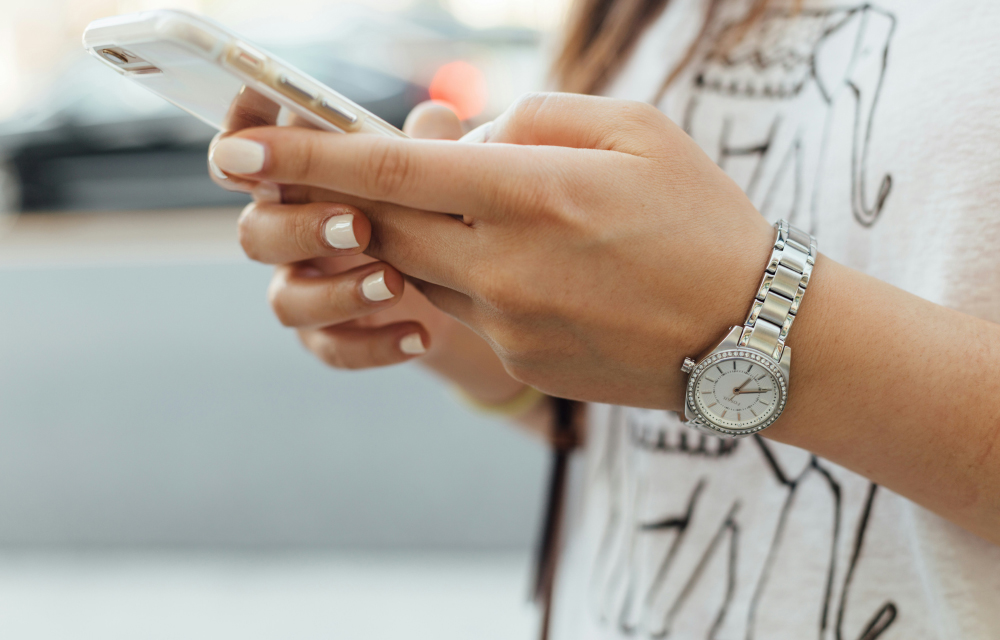‘T
is the season … the engagement season, that is! According to research by The Knot, close to half of couples (47%) get engaged between Thanksgiving and Valentine’s Day, and Christmas proposals are especially popular.
That puts pressure on wedding destinations to ensure their venue is top of mind during the months when couples are actively researching. As we approach Americans’ favorite time of year for popping the question, here’s your engagement season marketing checklist.
1. Freshen up your event brochure.
Whether you’re making the rounds of bridal shows and wedding fairs or promoting an open house at your venue for engaged couples, you’ll want to provide something tangible for visitors to take away. That’s where the oh-so-important event brochure comes in — a piece of marketing collateral that potential couples can flip through to get a real sense of what their special day would look like at your venue. It’s vital to keep your brochure up to date so it features all the available services and the latest updates of your property.
Your brochure should feature gorgeous, professional, high-resolution imagery (save those iPhone shots for social media). Use high-quality paper stock and elegant matte or gloss finishes to reflect the luxury of your venue. You’ll want to include a wrap-up of your wedding offerings, along with messaging that gets to the heart of what makes your venue unique.
Don’t forget the call to action, whether it’s encouraging couples to schedule a consultation, explore one-of-a-kind wedding packages, or take a virtual tour on your website. You may also want to include a QR code that leads to a relevant webpage. (Don’t have a virtual tour on your site? Put that on your checklist! Be sure to highlight key features, such as the ceremony site, cocktail area, and any unique architectural details.)
2. Place wedding testimonials front and center.
Engaged couples have a surplus of options when it comes to potential wedding venues, and they’re looking for that one little thing that will tip the scale in favor of a particular space. Often, what makes the difference is hearing from real people sharing their real experiences. Millennials, who are the most likely to be getting married — 32 is the average age of marriage in the US — are also the most likely to respond to UGC (user-generated content).
If you don’t have testimonials splashed across your online and print materials yet, that should be at the top of your engagement season marketing checklist. Feature quotes and video clips on your social media channels, website, emails, and the event brochure mentioned above. When you need to source more recent testimonials, reach out to newlyweds who tied the knot at your venue and ask them to share images and quotes — you could even offer a discounted anniversary weekend event in exchange.
3. Use storytelling to help couples visualize their experience.
Even as marketing strategies have become increasingly sophisticated over the centuries, at the end of the day, people respond to stories above all else. Stories evoke emotion, and emotion motivates consumer choices. To transform straightforward promotion into evocative storytelling, the key is to create narratives that immerse your audience in your venue’s experience.
Video is the ideal format for that. Film key spots on your property at different seasons, create an Instagram reel highlighting hors d’oeuvres straight from your kitchen, or capture content from a real wedding on-site (make sure you have a release of information in place). Then, tell longer-form stories on your blog and share them in email campaigns. For hotel or resort wedding venues, an in-room magazine is also a great opportunity for storytelling — even if guests aren’t planning a wedding, they probably know someone who is.
4. Develop (and promote) packages that let couples personalize their special day.
Couples want their wedding to reflect who they are individually and as a pair — in fact, 91% of couples value personalization in wedding planning. To tap into that desire for customization, give prospective couples plenty of options to choose from across every aspect of the experience.
For example, you can offer customizable, multi-course catering menus and a variety of meal options, like a welcome breakfast, wedding evening picnic, or farewell brunch. Let engaged couples choose wedding weekend activities, too, whether it’s guided hikes, wine tastings, or group yoga classes for the bridal party. You could even partner with local theater and dance companies to offer unexpected entertainment, like wandering magicians, aerialists swinging over the guests’ heads, or a classical music trio.
To get the word out, create downloadable guides, blog posts, and image carousels on your website that demonstrate how your venue can be customized to suit each couple’s unique wedding vision. Include details about various packages and what they can choose from, along with estimated price ranges.
5. Use geotargeting to capture attention in your region.
While the destination wedding trend is predicted to see exponential growth in the next few years, 4 out of 5 couples still get married within 100 miles of home. You might think you’re already on the radar for folks who live near your venue, but don’t automatically assume that they’re familiar with your brand or what you offer. Your property could be the hidden treasure that turns up in their own background, but in order for them to discover it, you need to get it in front of them.
Geotargeting is the most effective way to do that. It allows you to deliver ads to audiences based on their city, state, or zip code, making it easy to cast a 100-mile net to capture the attention of the newly engaged. Make sure your ads include luxe wedding imagery, details about your venue’s location, and succinct copy that highlights what makes your property the perfect place to tie the knot.
Need support building an engagement season marketing strategy and executing on it? Schedule a consultation with our expert brand strategists and content creators.










